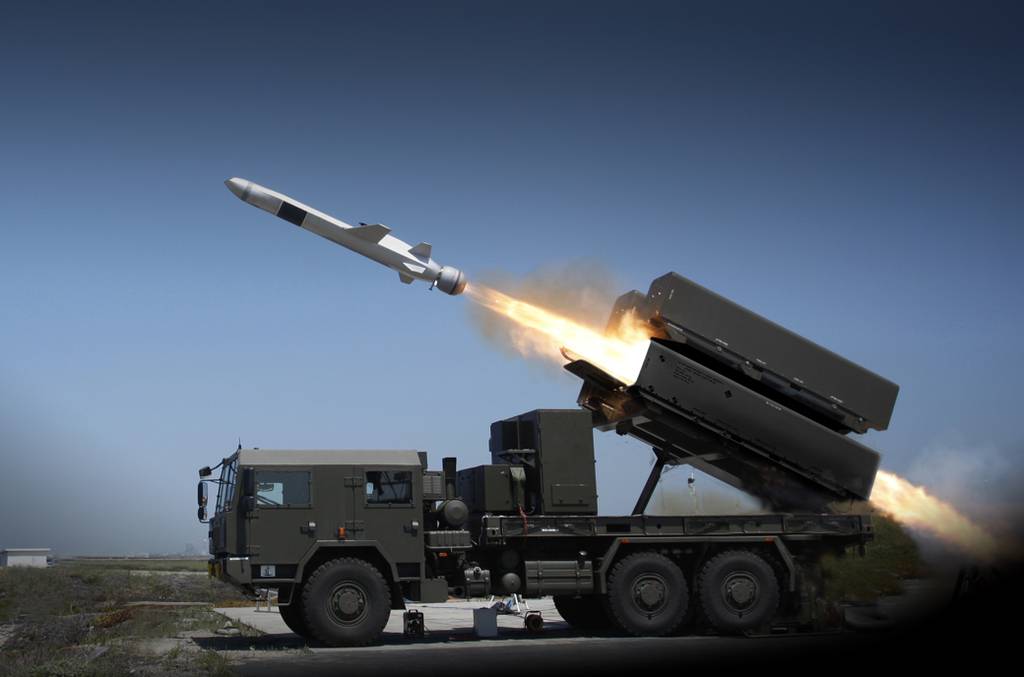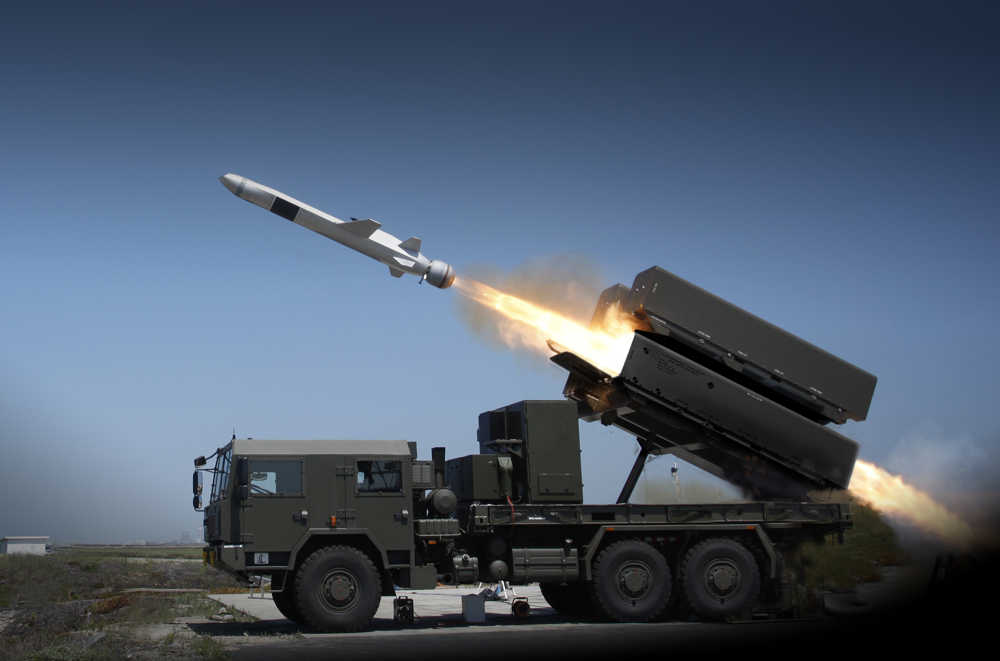Forest Green
ACCESS: Above Top Secret
- Joined
- 11 June 2019
- Messages
- 5,102
- Reaction score
- 6,697
RN not mucking about....it was only ordered a couple of months ago...
View: https://twitter.com/HMSSomerset/status/1620007204584845312
Could be something derived from THOR-ER.This is rather unexpected....
NSM is smashing it out of the park at present, JSM is due to arrive soon...no real competitor to either on the horizon either...then...
"While the missile is currently dubbed FNSM, Kongsberg told Shephard the cooperation covered a 'new missile concept' and would not influence the roadmap for development of the existing Naval Strike Missile (NSM) and Joint Strike Missile (JSM)."
Is it going to be substantially larger? Longer ranged? Is it an FCASW/LRASM competitor? Replacement of Taurus KEPD350?
View: https://twitter.com/harry_lye/status/1661715355545337857
i think in this context it is informative to look at the ambitious plans Germany had for the RBS15 after it was selected over the NSM for the K130 corvettes. To improve its land attack capabilities a future version was supposed to be fitted with a dual-mode IR/RF seeker developed by Diehl BGT. Because of financial constraints these plans were dropped and the only upgrades the RBS15 received were a more economic turbojet, more fuel and a new navigation system with GPS to make it land attack capable.Is it going to be substantially larger? Longer ranged? Is it an FCASW/LRASM competitor? Replacement of Taurus KEPD350?
Maybe other new Features like RF warn systems ( probaly wrong name) will also come and it will become a standard cruise missile for all parts of the bundeswehr and the norwegian army. Maybe even launched from an MLRS who knows but many things are possible.This is rather unexpected....
NSM is smashing it out of the park at present, JSM is due to arrive soon...no real competitor to either on the horizon either...then...
"While the missile is currently dubbed FNSM, Kongsberg told Shephard the cooperation covered a 'new missile concept' and would not influence the roadmap for development of the existing Naval Strike Missile (NSM) and Joint Strike Missile (JSM)."
Is it going to be substantially larger? Longer ranged? Is it an FCASW/LRASM competitor? Replacement of Taurus KEPD350?
View: https://twitter.com/harry_lye/status/1661715355545337857
Or something smaller:Maybe even launched from an MLRS who knows but many things are possible.
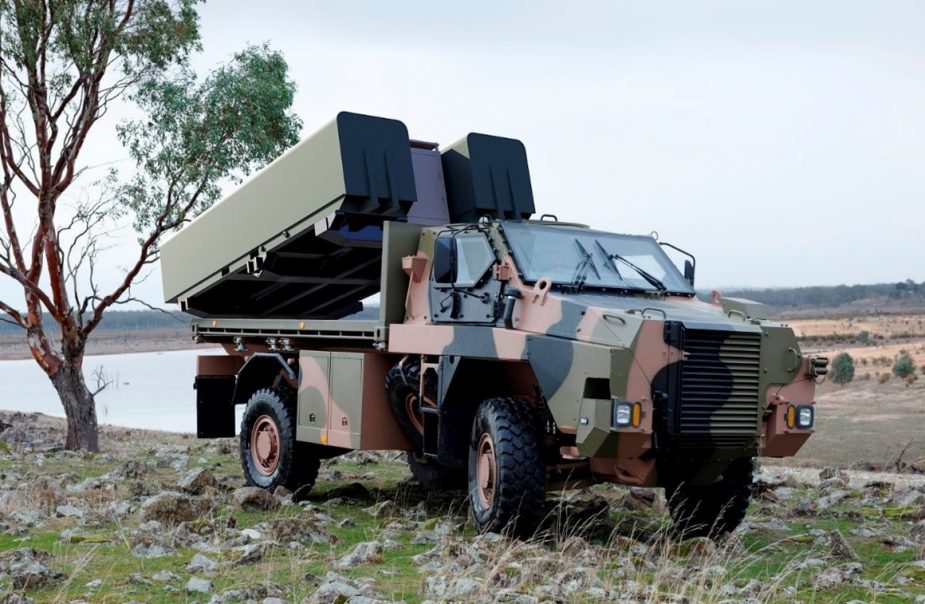

Something like that would also go but a canister for MRLS or Puls could also be an interresting Option for some countrys.Or something smaller:Maybe even launched from an MLRS who knows but many things are possible.

Something like that would also go but a canister for MRLS or Puls could also be an interresting Option for some countrys.
4 of them as well it seems.
Puls has more theoretical space so there its possible but MLRS? Well it could work but should also use close to the full volume of a podSomething like that would also go but a canister for MRLS or Puls could also be an interresting Option for some countrys.
I didn't think you could actually fit two NSM in a pod compatible with MLRS or Puls, but apparently you can?
View: https://twitter.com/nicholadrummond/status/1663524334013431813?t=vPwRTvLh2clNdEvD2R7cbA&s=19
Nah i think they won't drop the tanks or all so i think 6-8 is more realistic and good enoughWe don't seem to have a separate JSM thread (and I don't particularly think one is warranted). The USAF is proposing buying 48 JSMs in their 2024 budget. I would think the USAF, USN, and USMC would be doubling down on JSM purchases and production. There are copious platforms to fire it from for all services, and the weight class would be perfect for F-18 and internal carriage for the F-35 (with optional external stores). USAF could have a non-bomber option for AShMs. The USM could greatly leverage its F-35Bs as pop up strike platforms from austere bases. And the USN could probably attach a lot of them to F-18s. At <1000lbs, it should fit 2x on a BRU-32 and also on the outer most pylons. Barring separation issues and sacrificing drop tanks, you might possibly load ten. It would seem to be a huge enable for all services in the IndoPacific.
Agree, but if you could fit 6 with tanks that would be a big leg up over four Harpoons/LRASM without. Or just two. Not sure if outer pylon or double BRU-32 is possible but it seems within weight limits.Nah i think they won't drop the tanks or all so i think 6-8 is more realistic and good enough
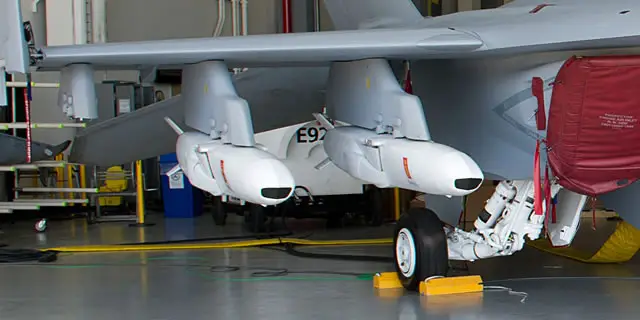
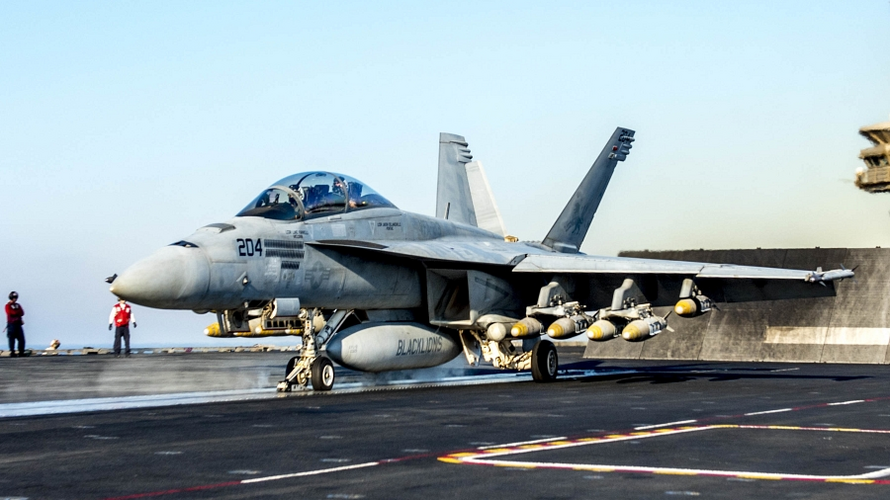
FWIW, the fit checks Boeing did with JSM on the Super Hornet only showed single carriage on BRU-32, not the twin BRU-55. That probably leans toward a max of six missiles (the fit checks only showed the inner four pylons, though)
View attachment 702569
OTOH, there was an operational load with ten 1000-lb JDAM, and JSM is in that weight class (and even a bit narrower). Works if you have tanker support, I guess.
View attachment 702568
EDIT: JSM seems like it is about a 1-2 inches bigger in diameter compared to mk82.
EDIT: JSM seems like it is about a 1-2 inches bigger in diameter compared to mk82.
Those are GBU-32s (1000-lb Mk 83 warheads). With JDAM fins, the width is supposedly 498mm, smaller than the 480mm reported for JSM.
Edit: As you say, specific aero considerations could have an impact. And the fact that the fit check doesn't show a twin-store config argues pretty hard against this idea.
the diameter can be more than Mk83's 14", up to mk82's 18".
the diameter can be more than Mk83's 14", up to mk82's 18".
You're getting these backwards, I think. Mk 82 is 500 lb/14", Mk 83 is 1000 lb/18".
Googling seems to indicate it is the Mk83 1000lb that has the oddball diameter, with Mk82/84 differing in length not width.
Does anyone actually know if its going to be integrated to external pylons on F-35 as part of this integration effort? Apart from the external pylon for AIM-9X and ASRAAM there seems to be little planned at present for powered weapons from the inner and mid wing external pylons on F-35.
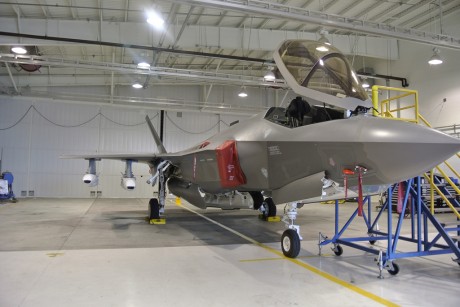
A lot has changed since then though...particularly in the weapons integration space for F-35. And although I know the Norwegian's drove a hard bargain on F-35/JSM integration as part of their negotiations to purchase F-35, Kongsberg have shown little interest in speculative integration efforts where there are no confirmed customers willing to pay up front (see P-8/JSM integration and helos/NSM integration). Did integration for F-35 and JSM genuinely cover all models including B and C. A fit check is a very cheap and low/no risk activity.Looks like they fit tested JSM on F-35 external pylons back in 2012-13, so it seems likely that they are planning both internal and external carriage.
Well it range is not bad but limited on how you launch it. Tought the new Norwegian/german one could be with longer range than the ones we haveThe NSM is having a lot of success in the marketplace.
The missile seems well regarded.
I'm a bit surprised they haven't come up with a longer ranged variant.
On the other hand, the USAF is asking congress to buy 48 JSM in the next fiscal year, so that might indicate a major customer is forthcoming.
The JSM is complementary to the service’s ammunition capabilities and will work as a “bridge” until more Long Range Anti-Ship Missiles can be procured, Maj. Gen. Mike Greiner, deputy assistant secretary for budget, told reporters in a briefing Friday.
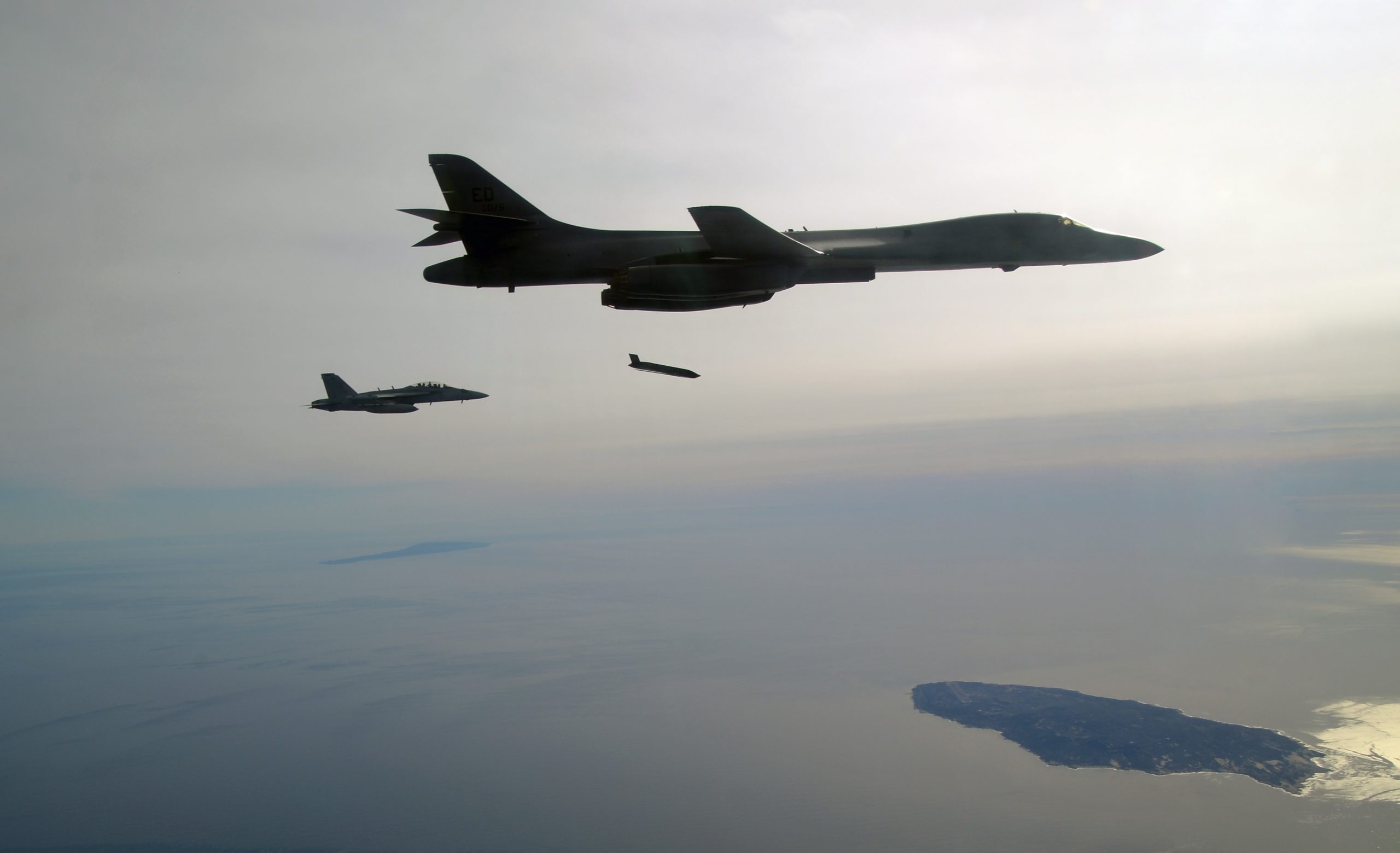
LRASMs and JASSMs have many common components and are made on the same production lines. “As the missiles come down the production line some are earmarked as LRASM, some are earmarked as JASSM,” DeScisciolo said. “They’re all sequenced through based on the demand of the customer.”
So, it's interesting to see JSM offered as gap-filler for more LRASM. First, this suggests that there's a bottleneck somewhere in LRASM production specific to that version and not JASSM, which as we know is cranking out lots of missiles. That may also explain the weird USN procurements of JASSMs with some sort of antiship capacity that are not LRASM.
Second, it raises questions questions about platform. LRASM has thus far gone mainly to bombers, and not in sufficient numbers to fully load them up for many sorties. F-35 is/was also supposed to get LRASM, but possibly the idea now is for F-35 to get JSM in the near-term and let the bombers take all the available LRASM, at least for the time being.
Probably related is the LM plan to build a second line for JASSM/LRASM to double its output. This article says that the JASSM/LRASM split is entirely down to customer demand, but there must be some intense "discussions'" between communities about who gets what fraction of a constrained output.

Lockheed Martin Looks to Boost LRASM Production as US Rushes to Buy Anti-Ship Weapons | Air & Space Forces Magazine
Lockheed Martin has opened a second production line to produce two of the Pentagon’s most in-demand needed weapons: the LRASM and the JASSM-ERwww.airandspaceforces.com
LRASMs and JASSMs have many common components and are made on the same production lines. “As the missiles come down the production line some are earmarked as LRASM, some are earmarked as JASSM,” DeScisciolo said. “They’re all sequenced through based on the demand of the customer.”
Maybe JASSM orders just have the higher priotity right now
I mean in the production itself. More of them are bought so to get as mutch out as possible more of them are produced. But that is just my guessMaybe JASSM orders just have the higher priotity right now
I don't think so. The Air Force is buying JSM now to make up for the short fall in LRASM numbers.
